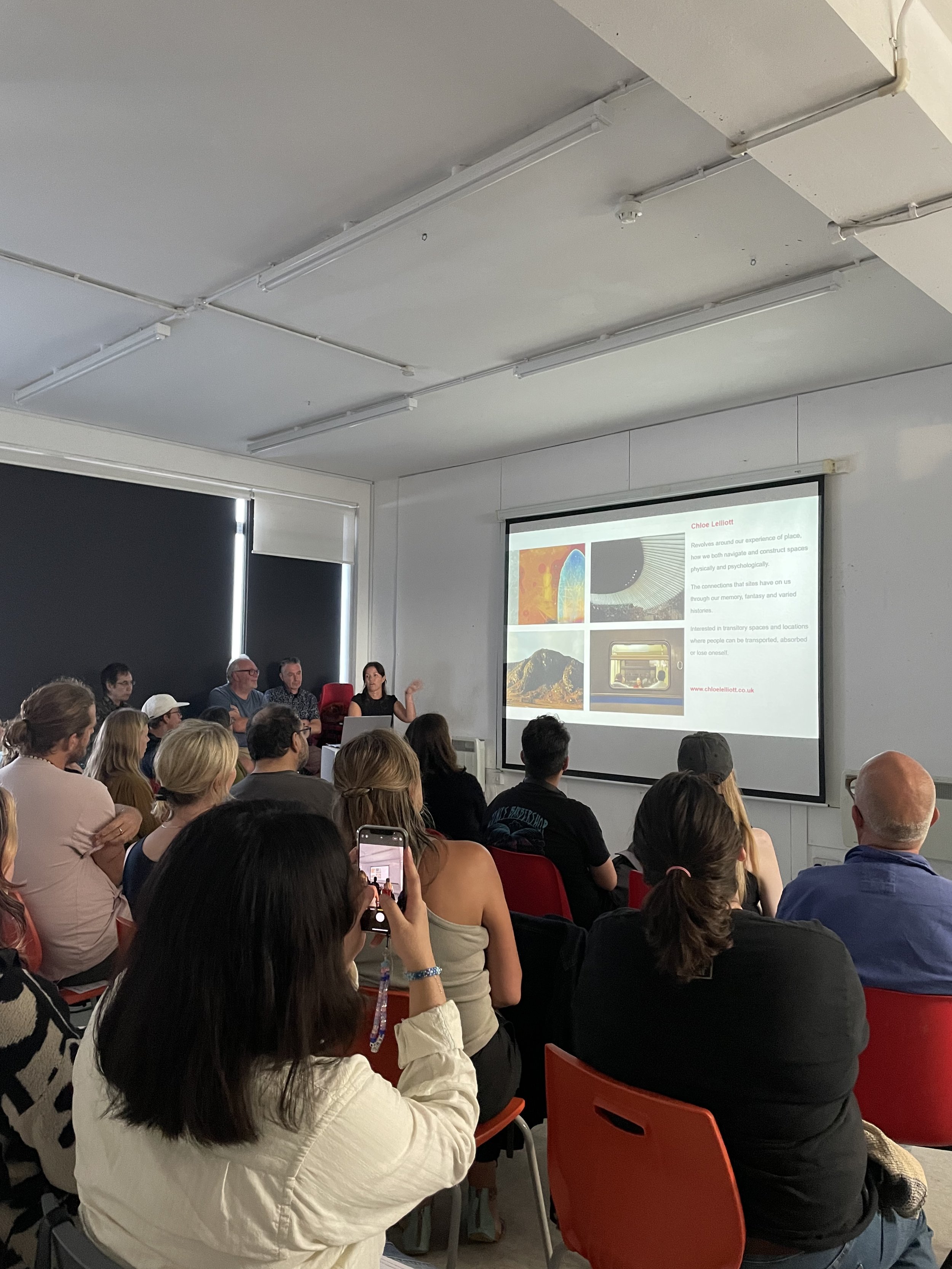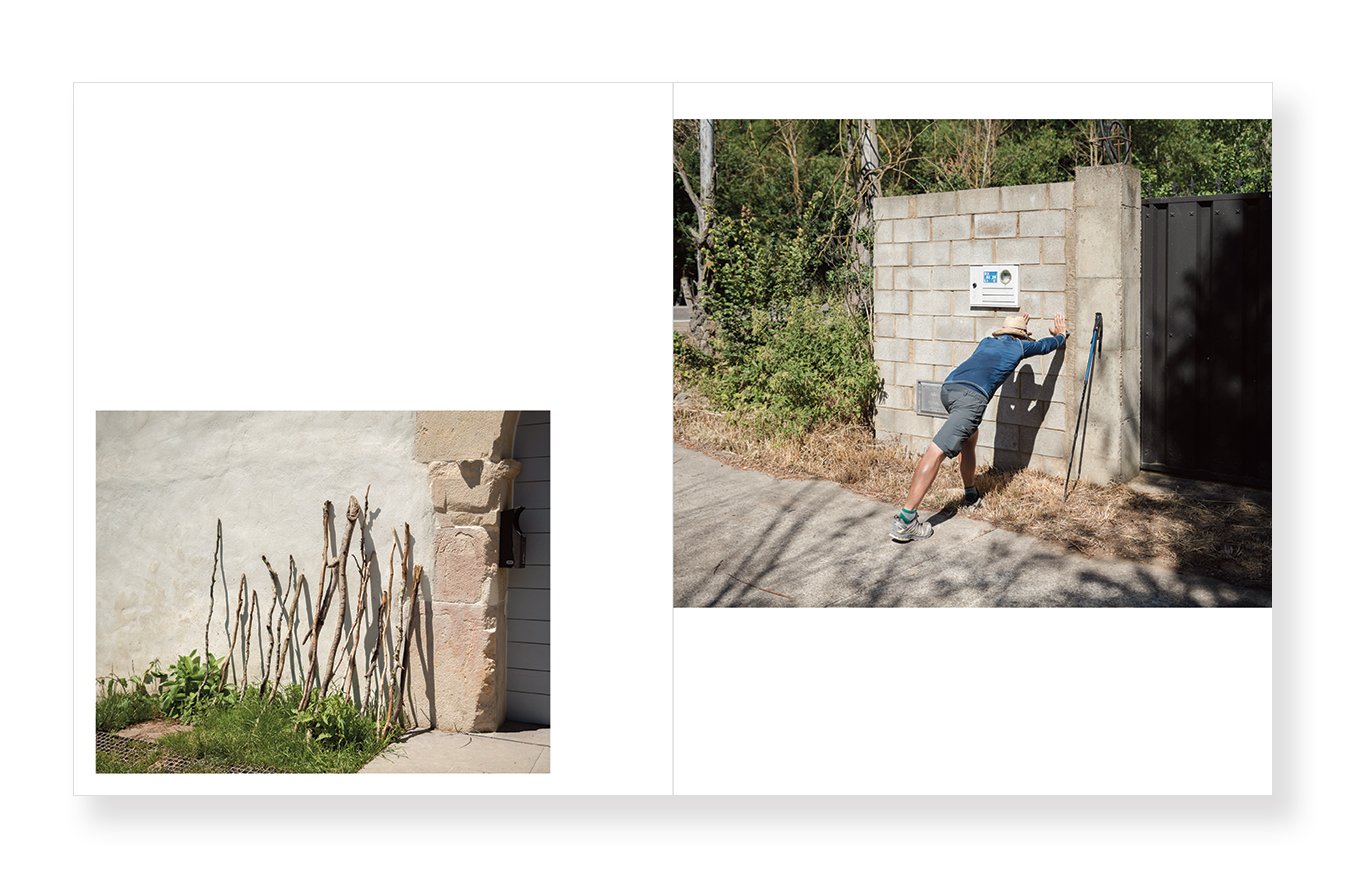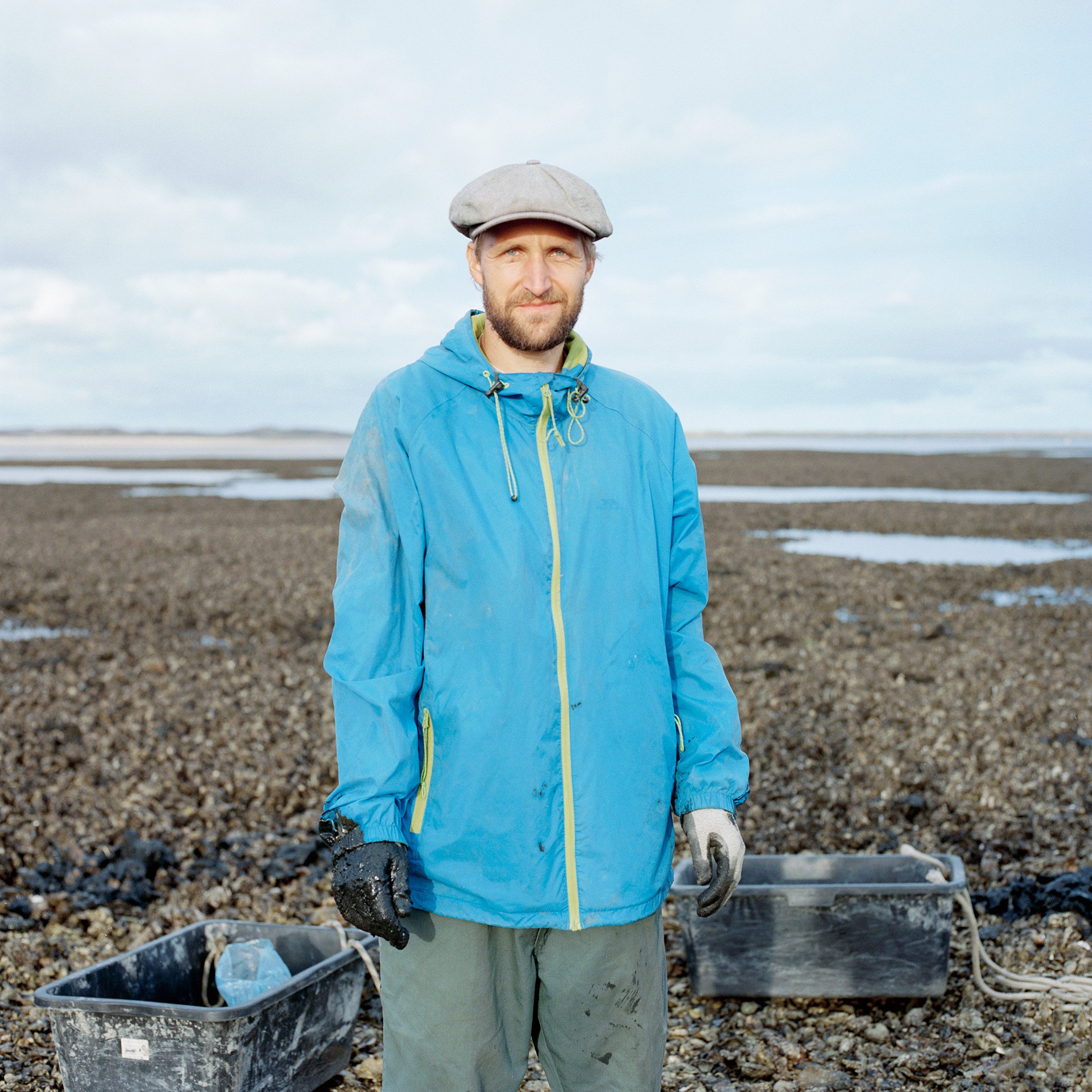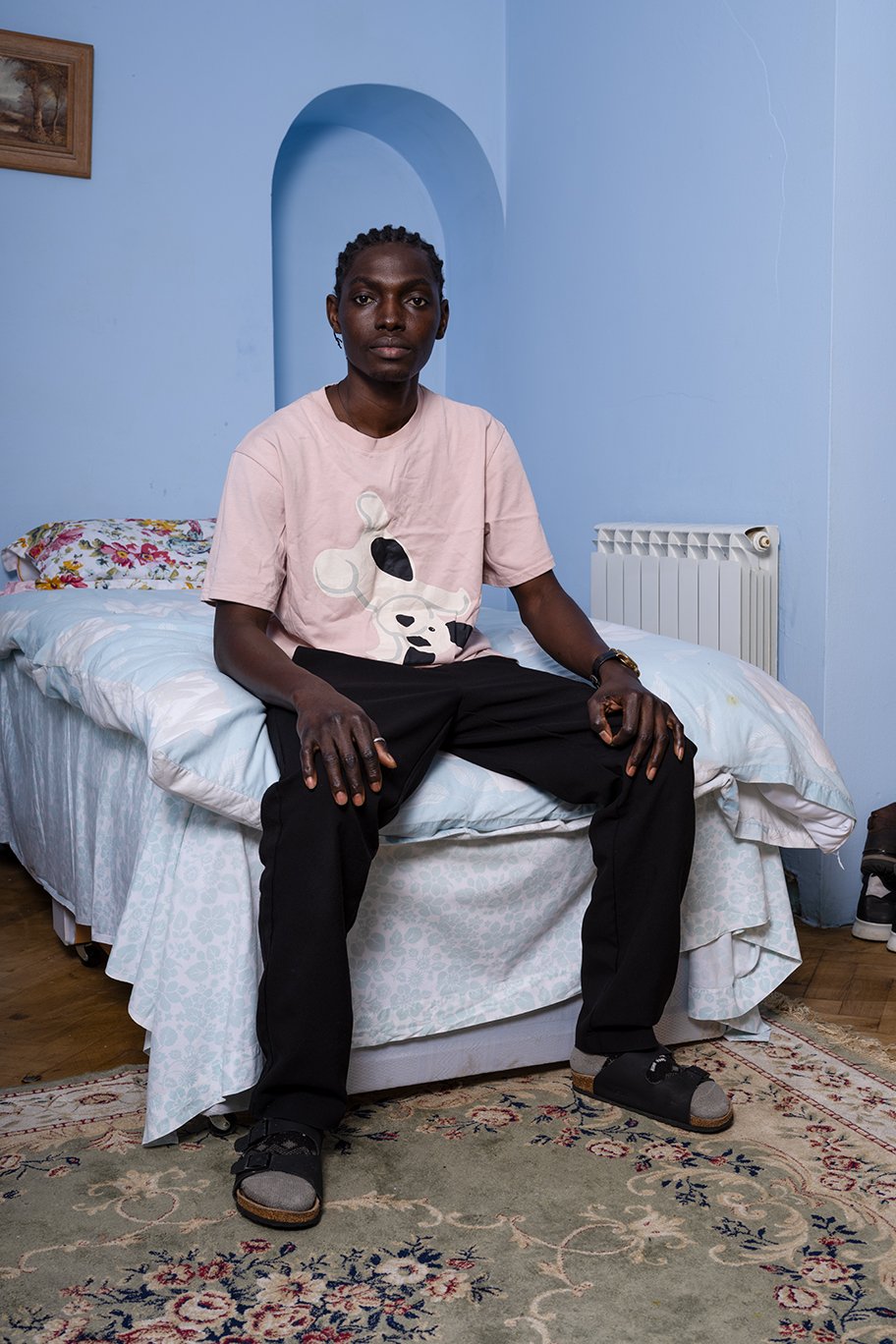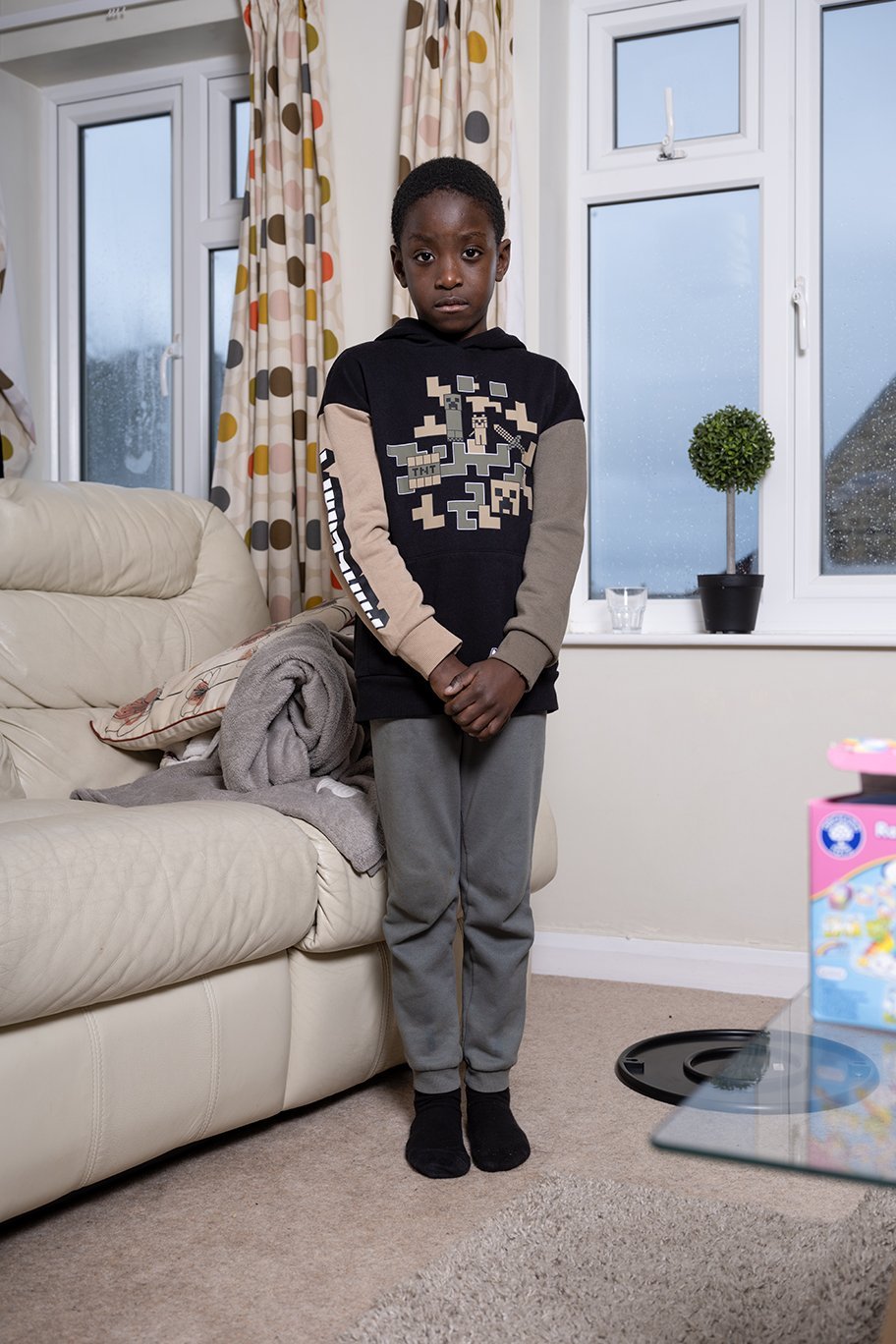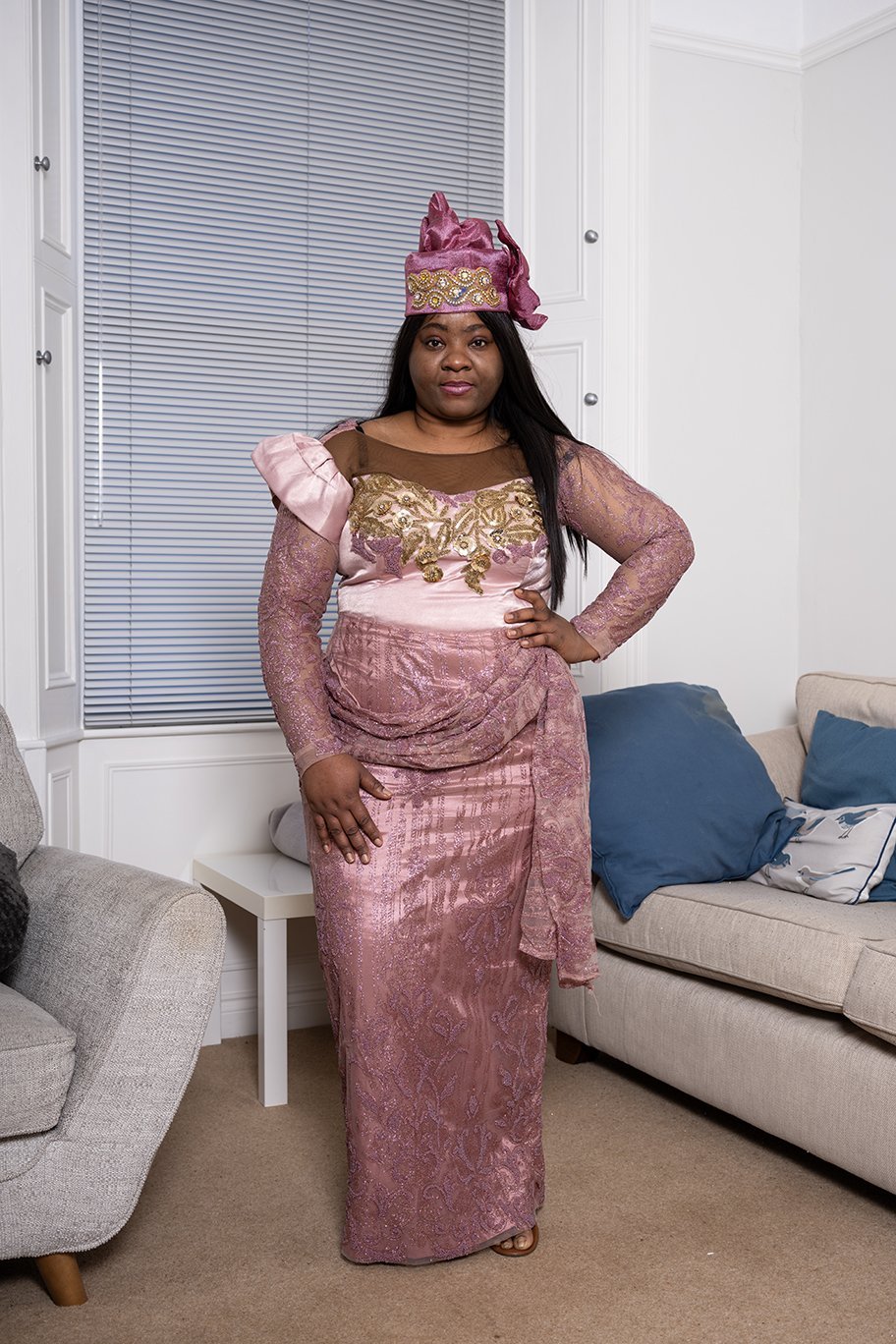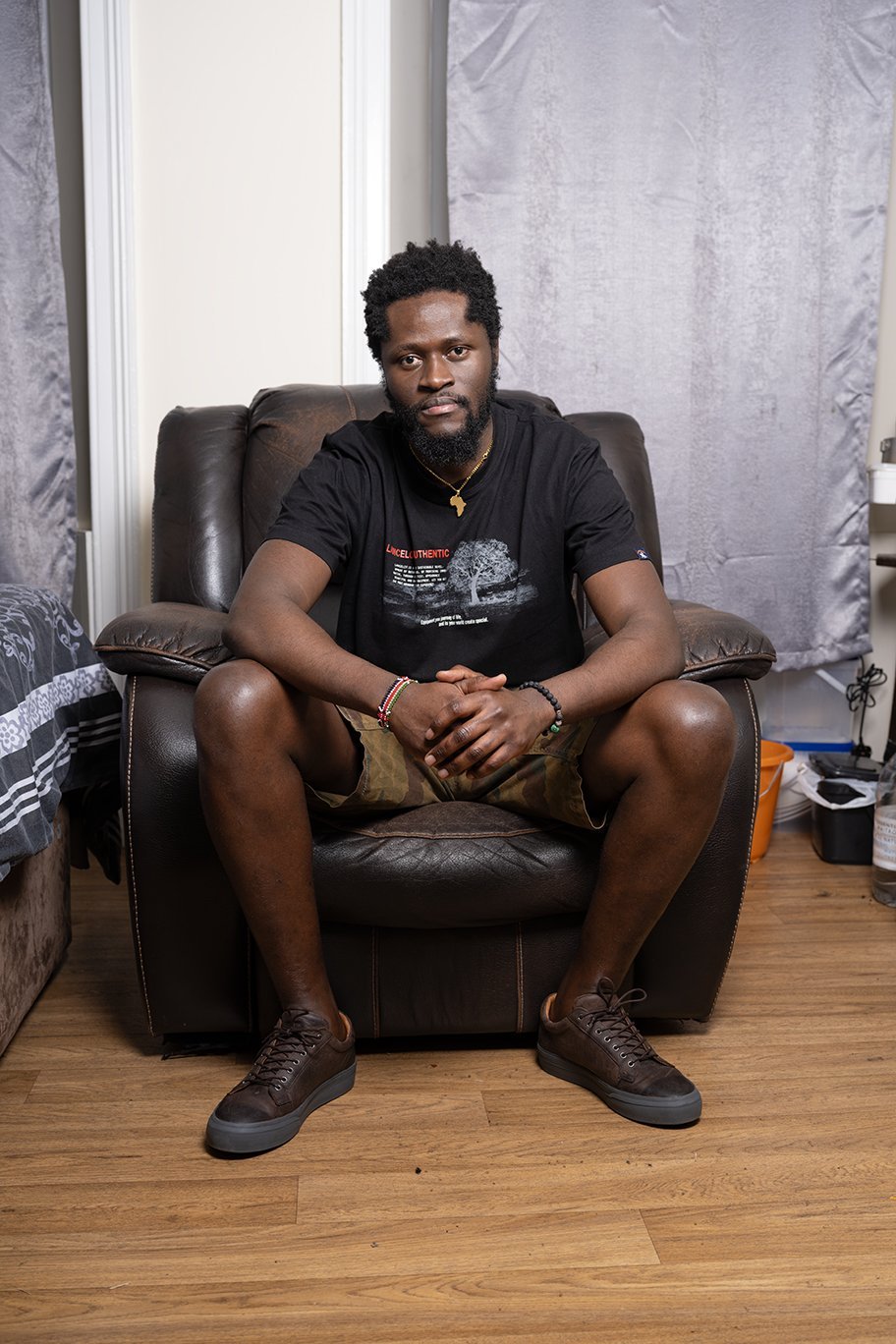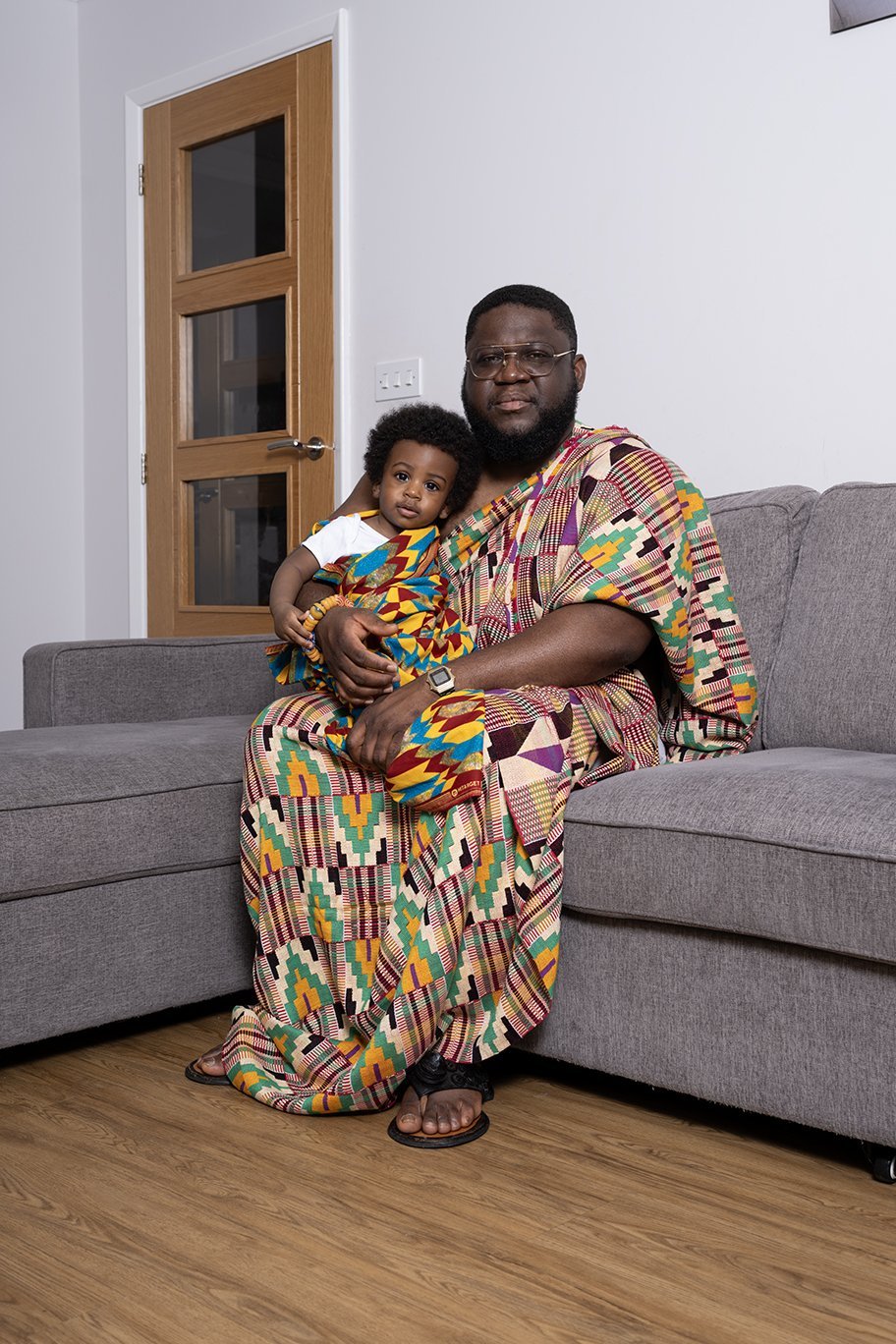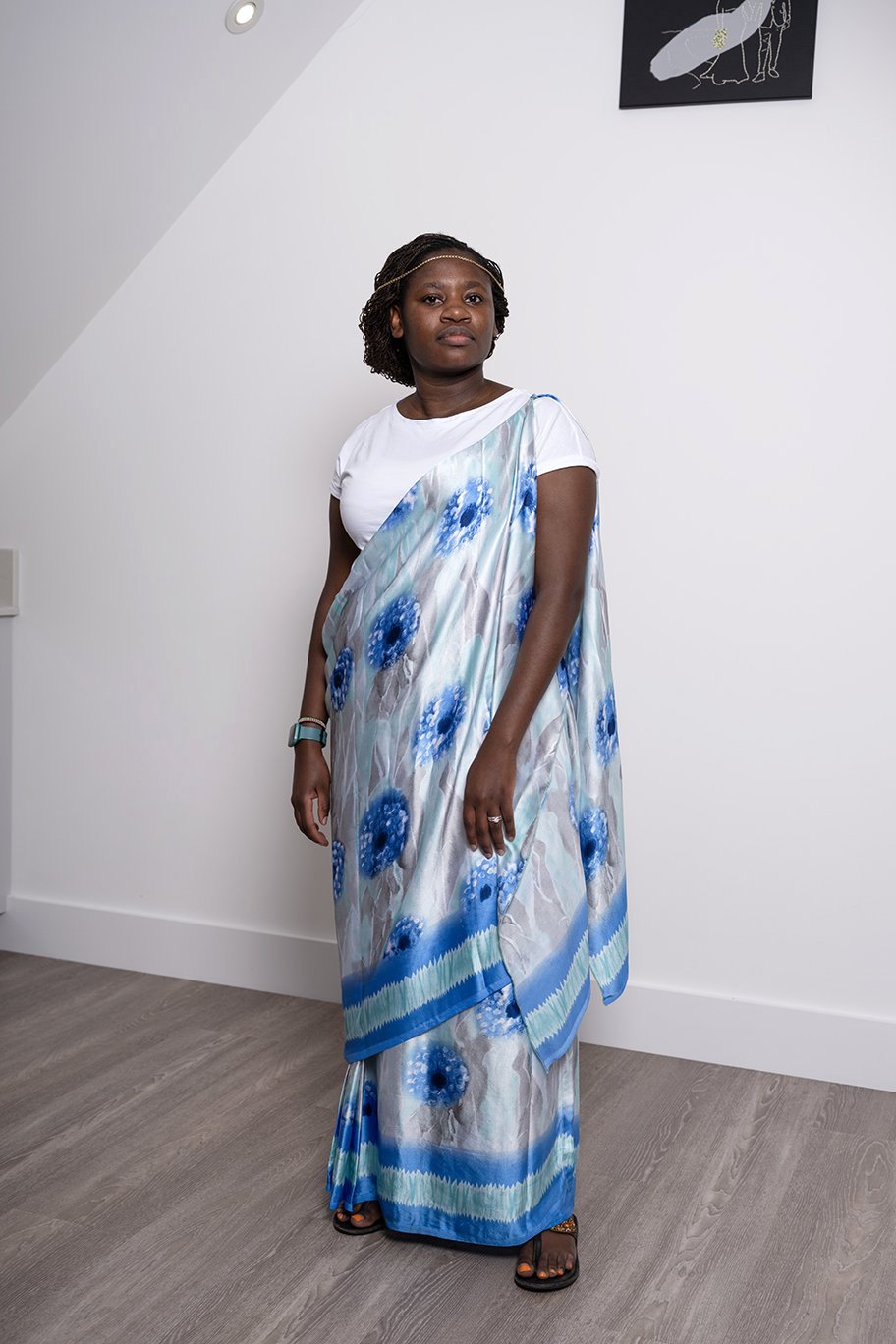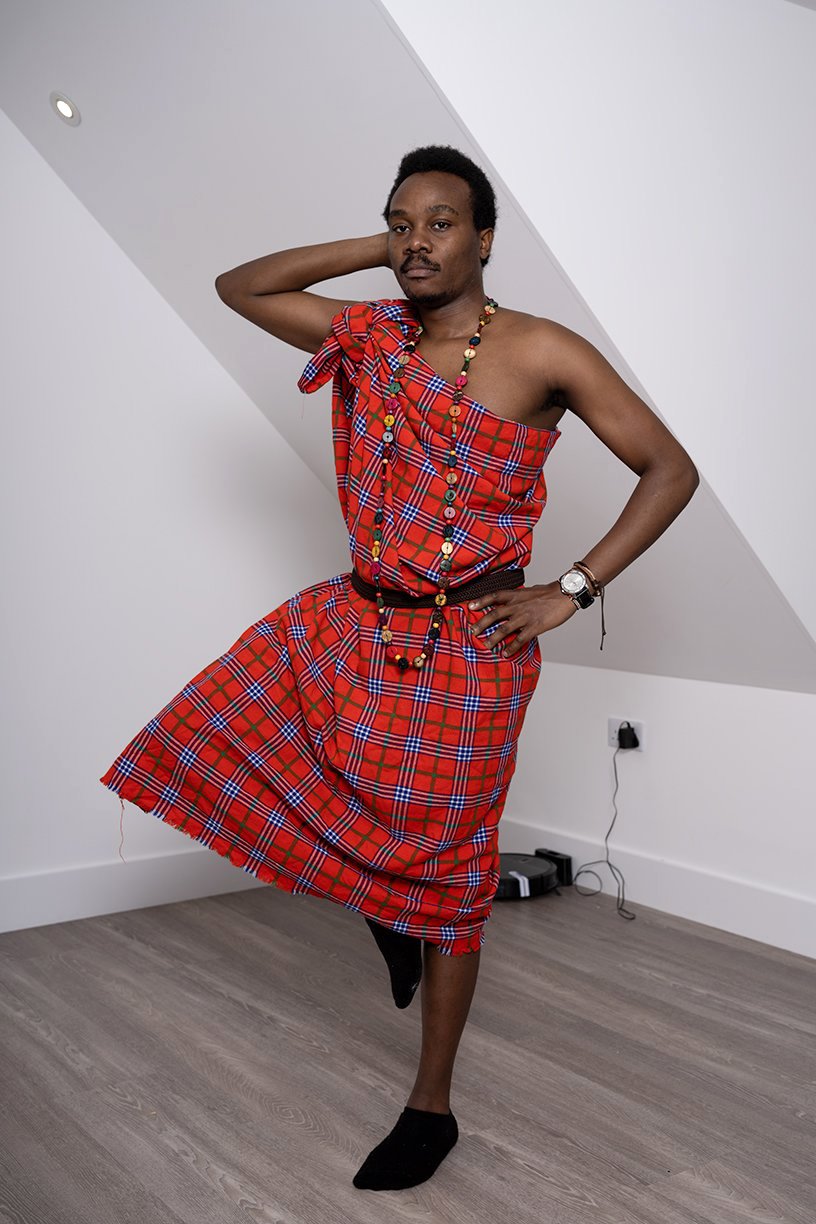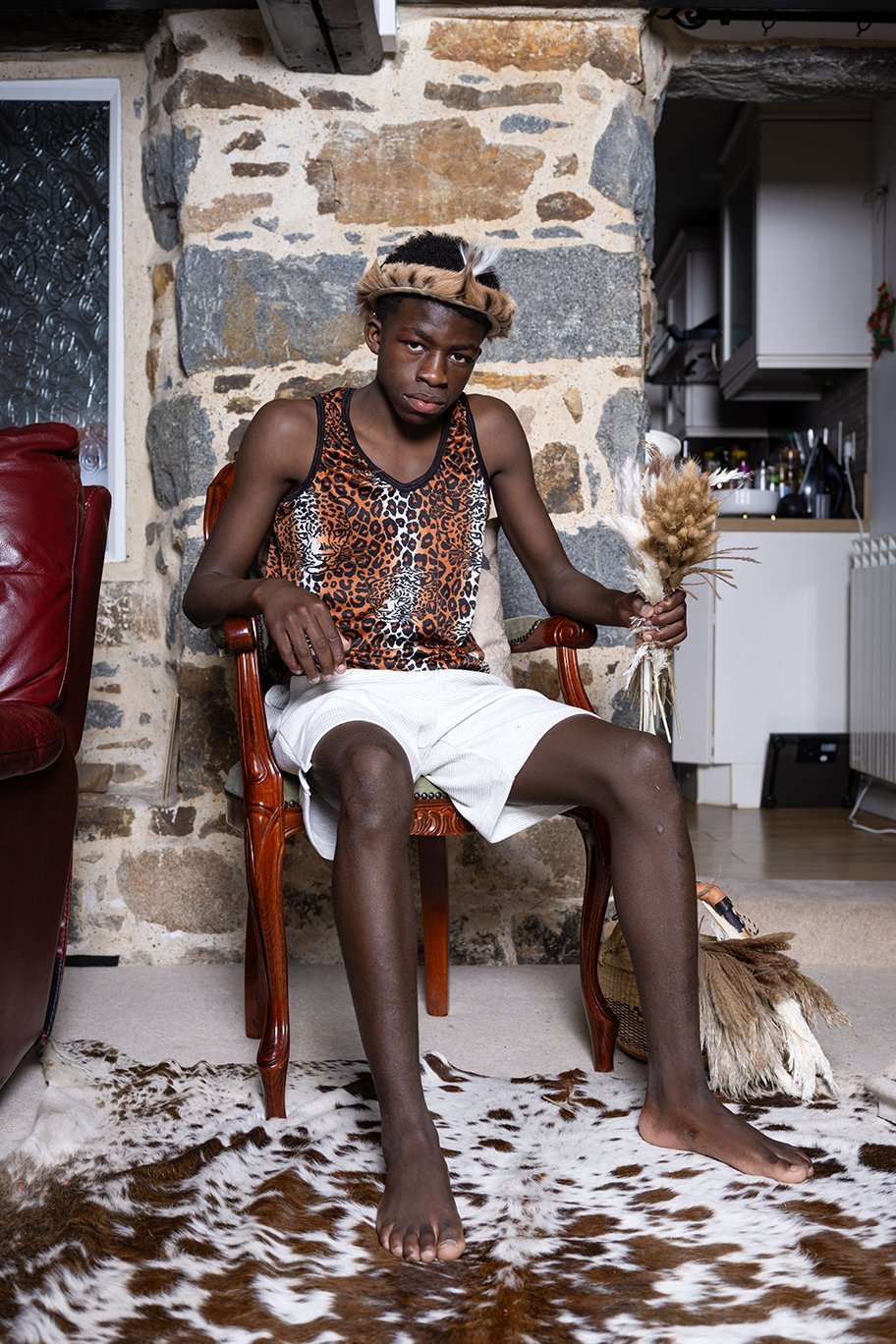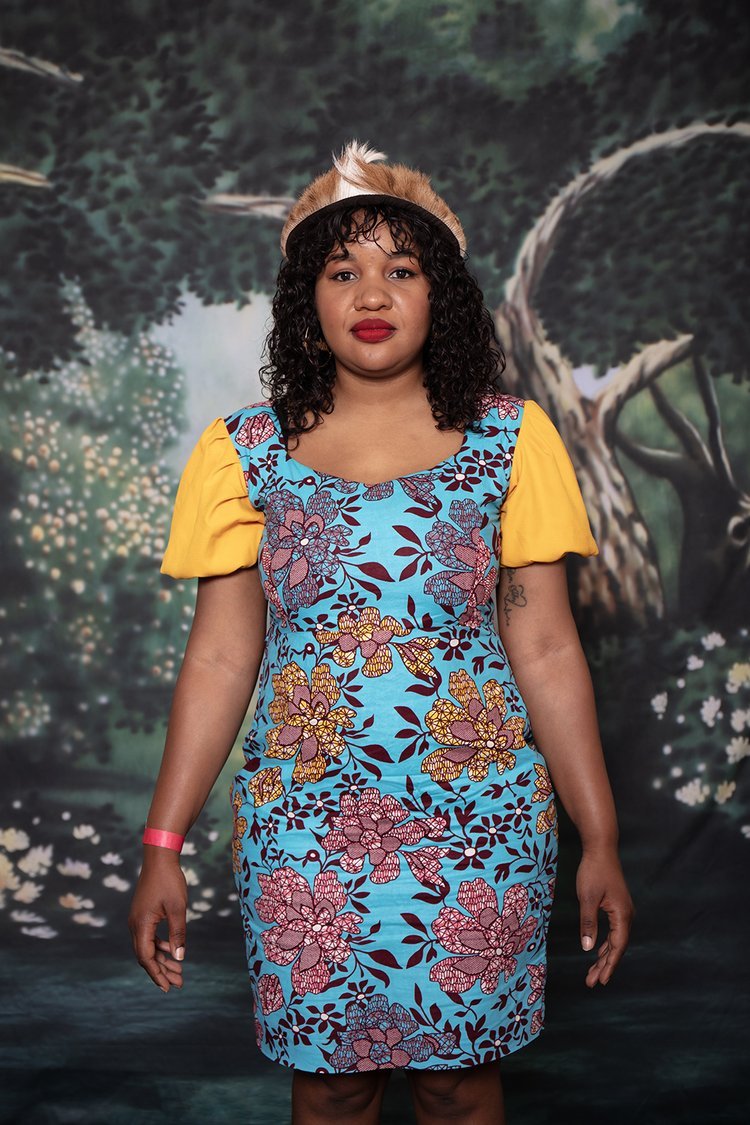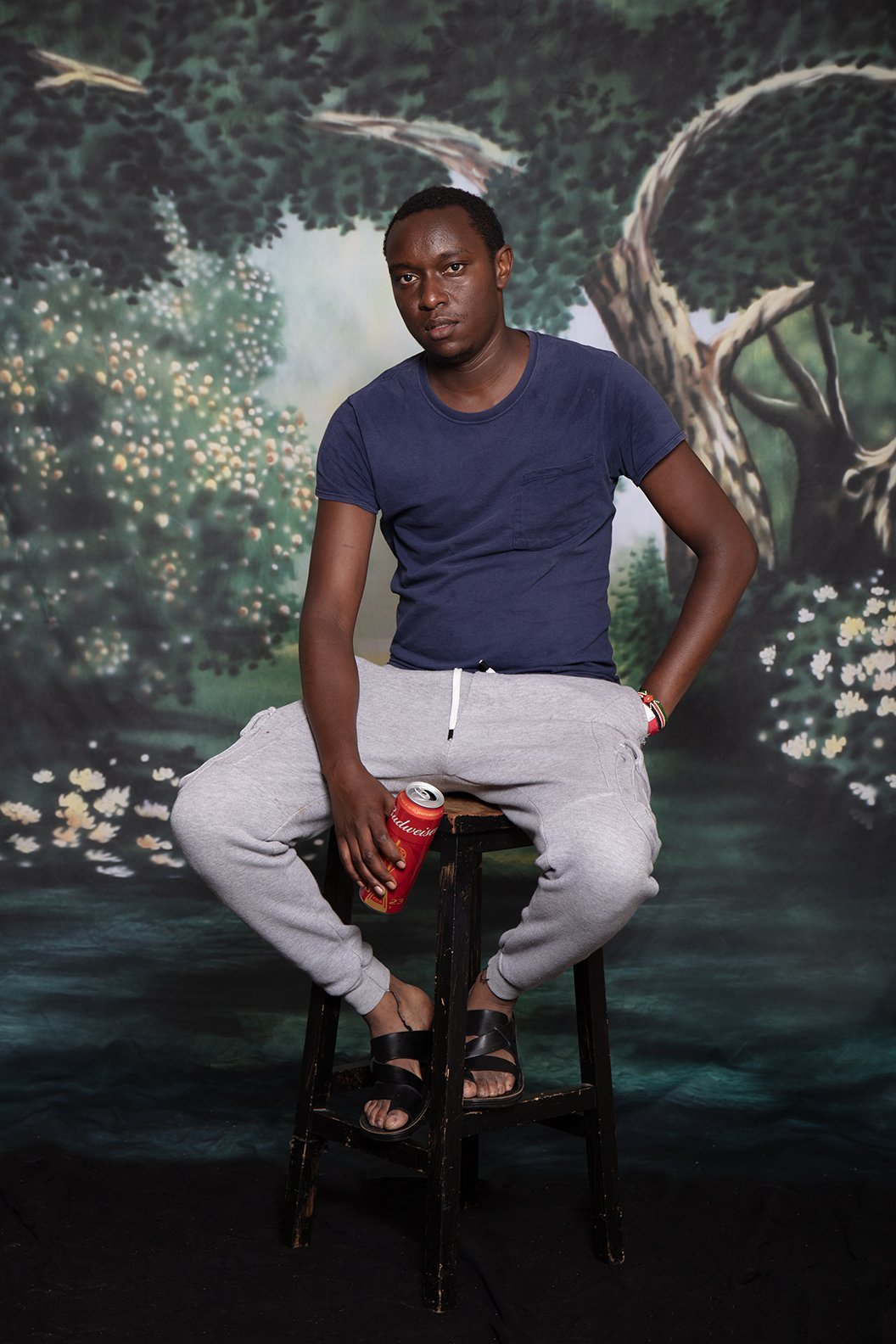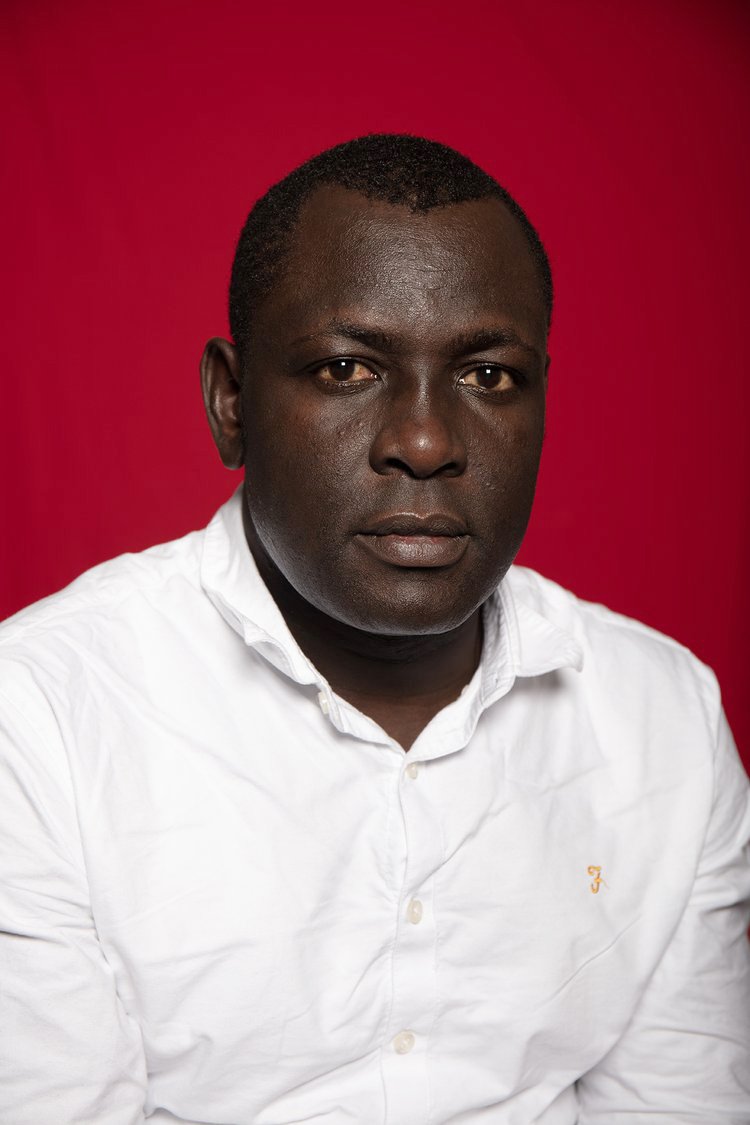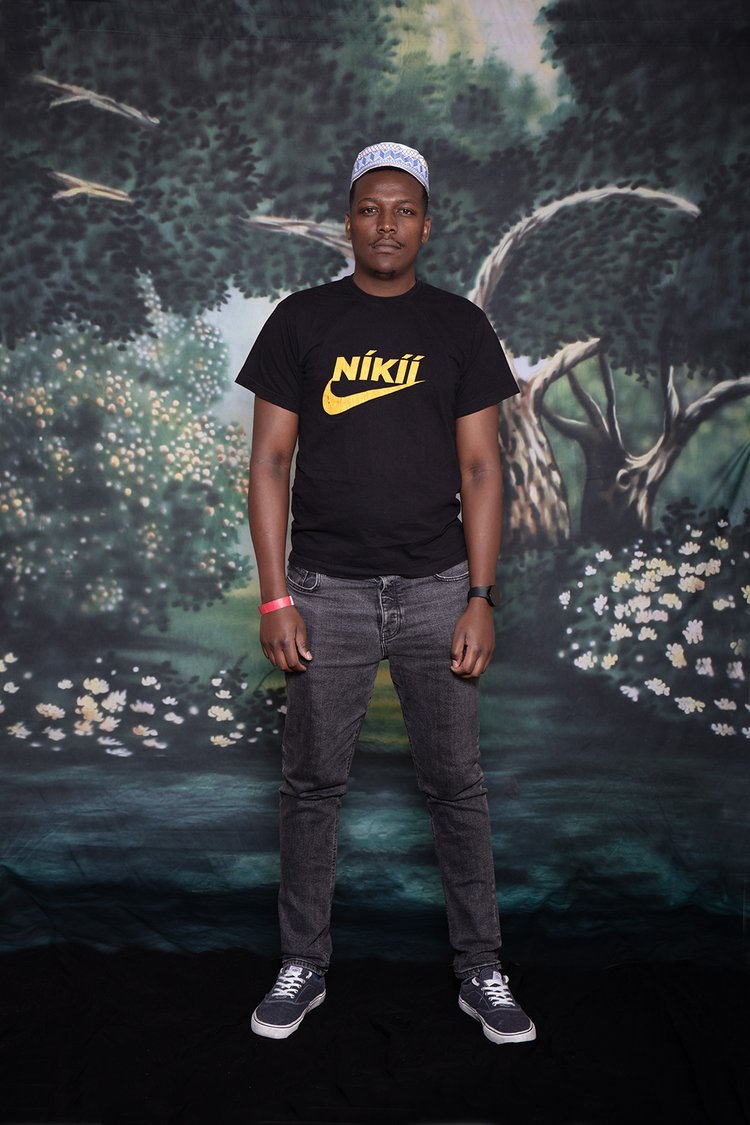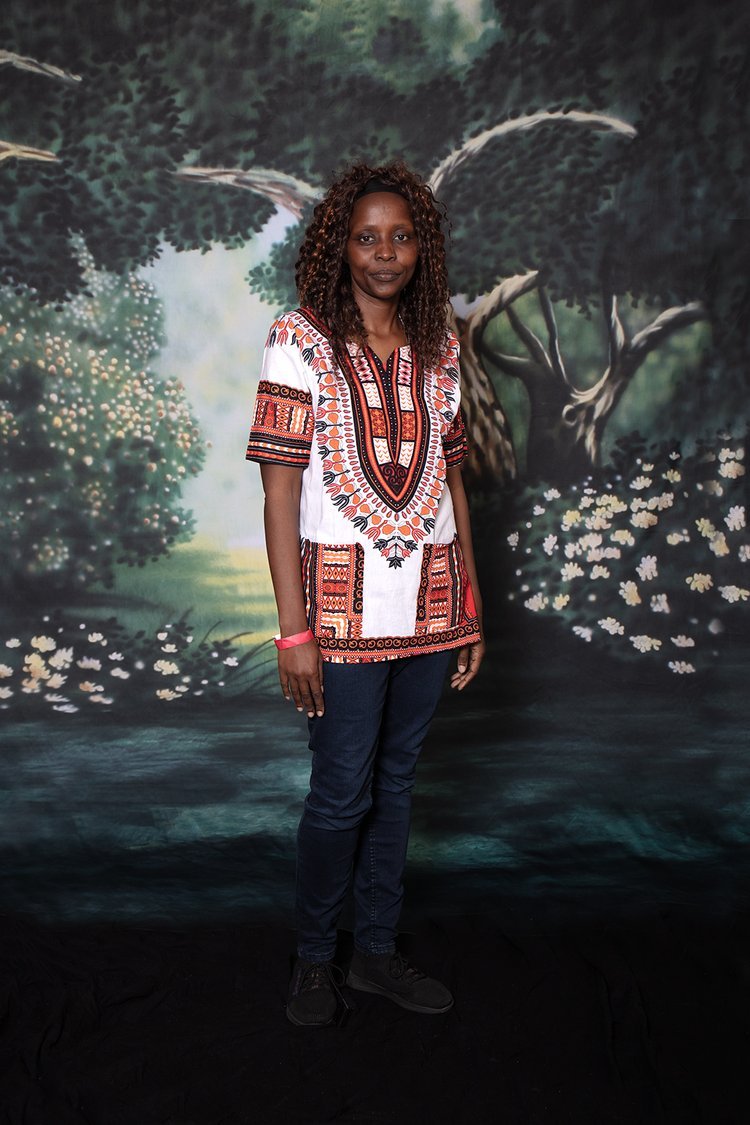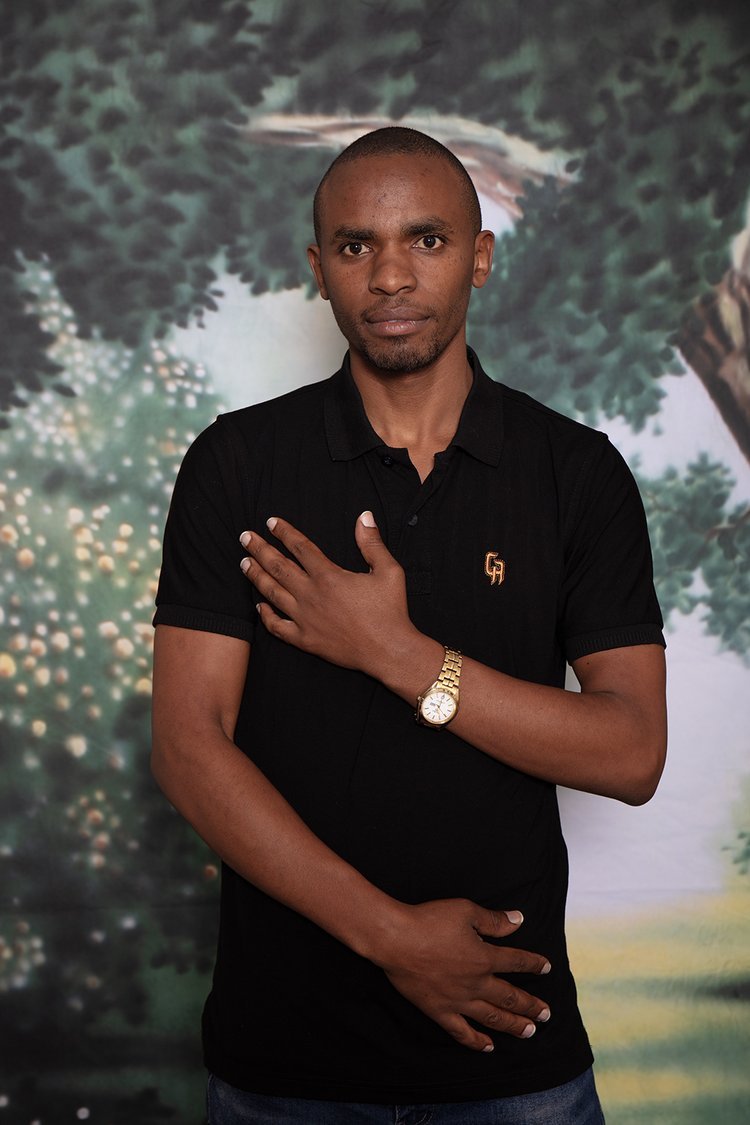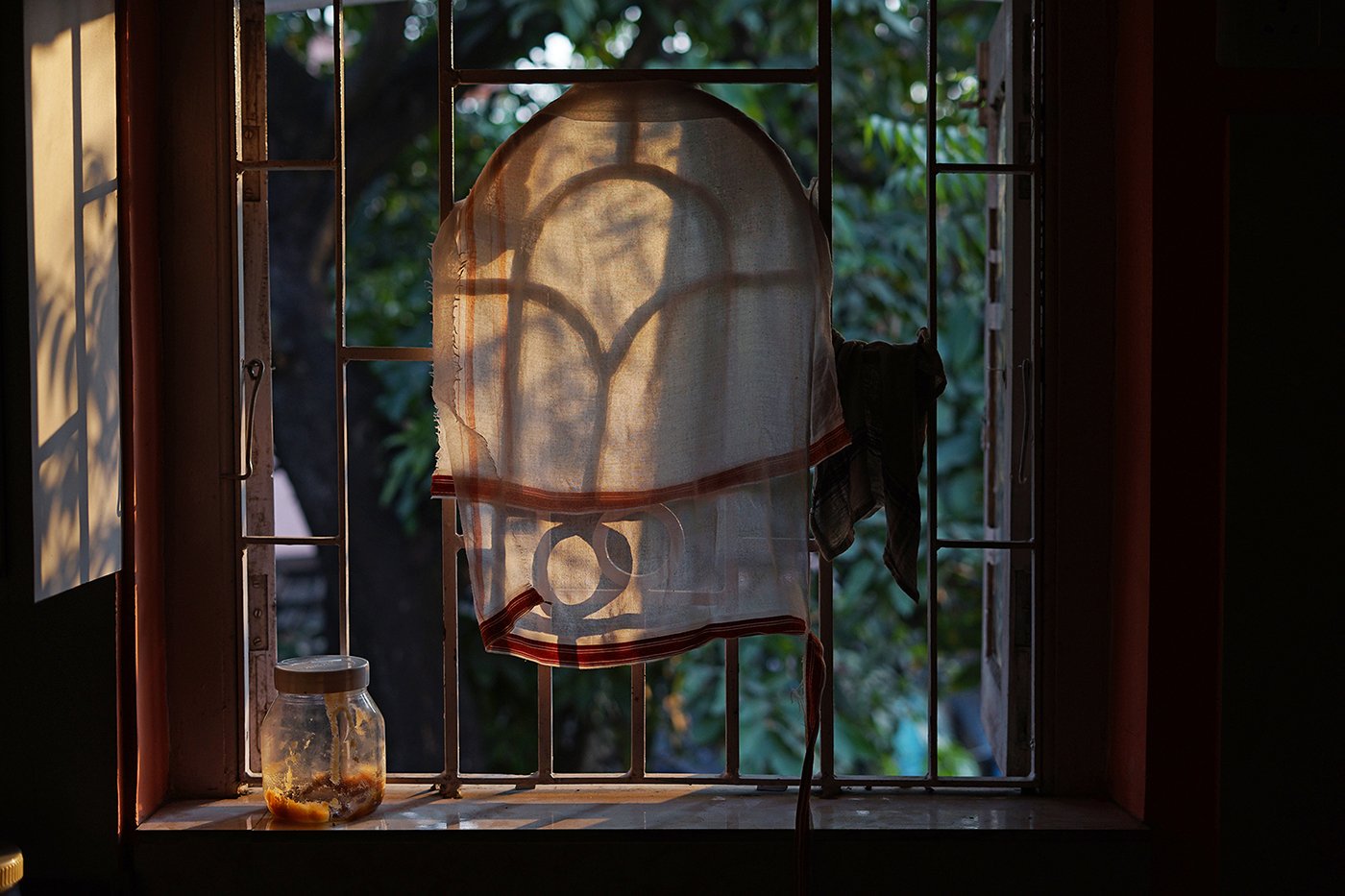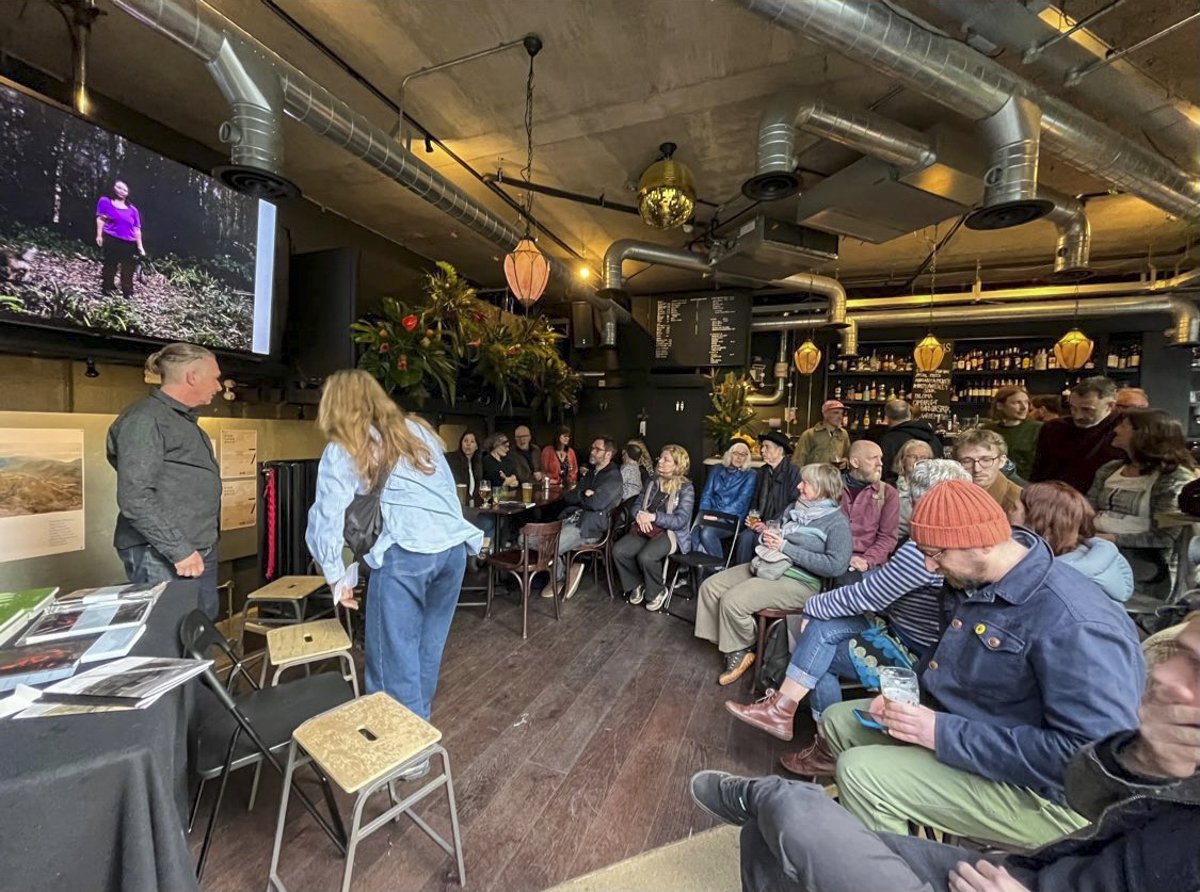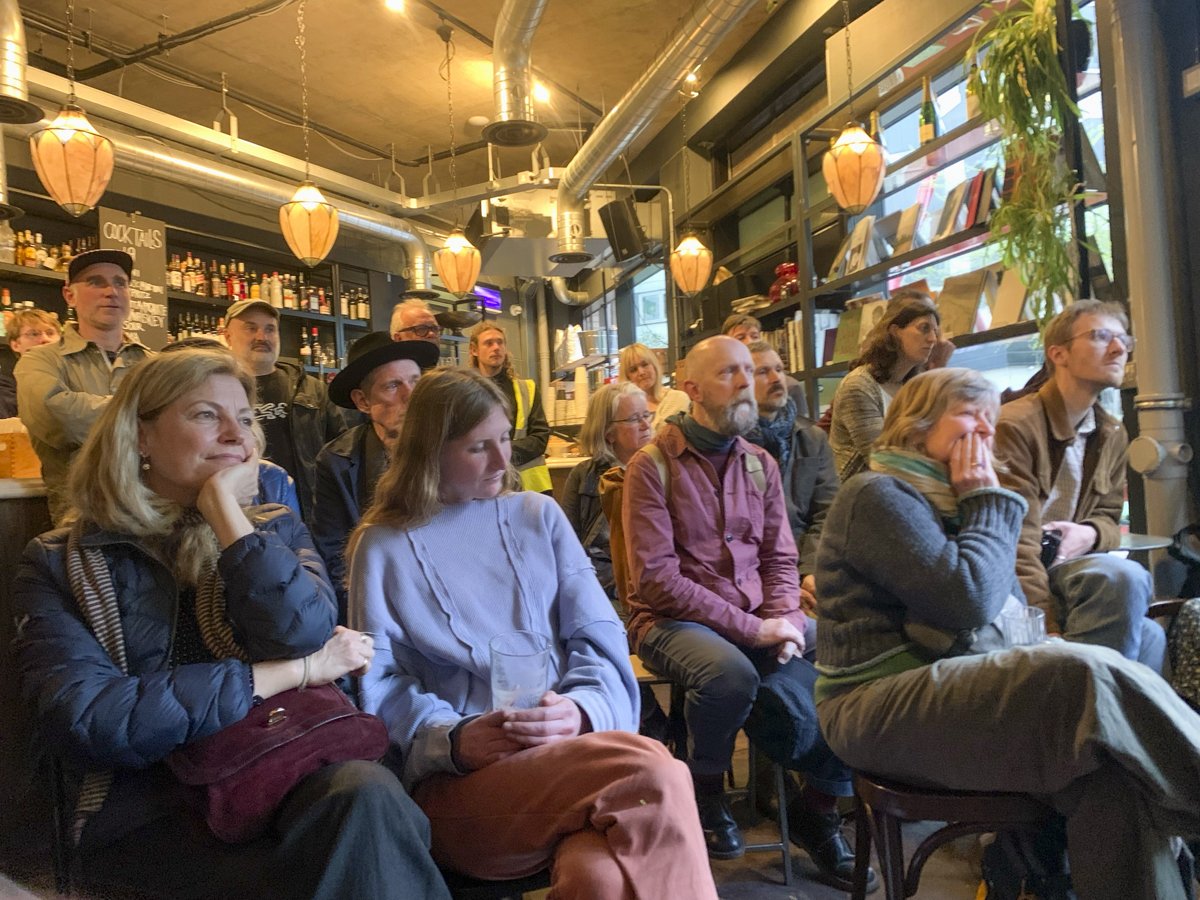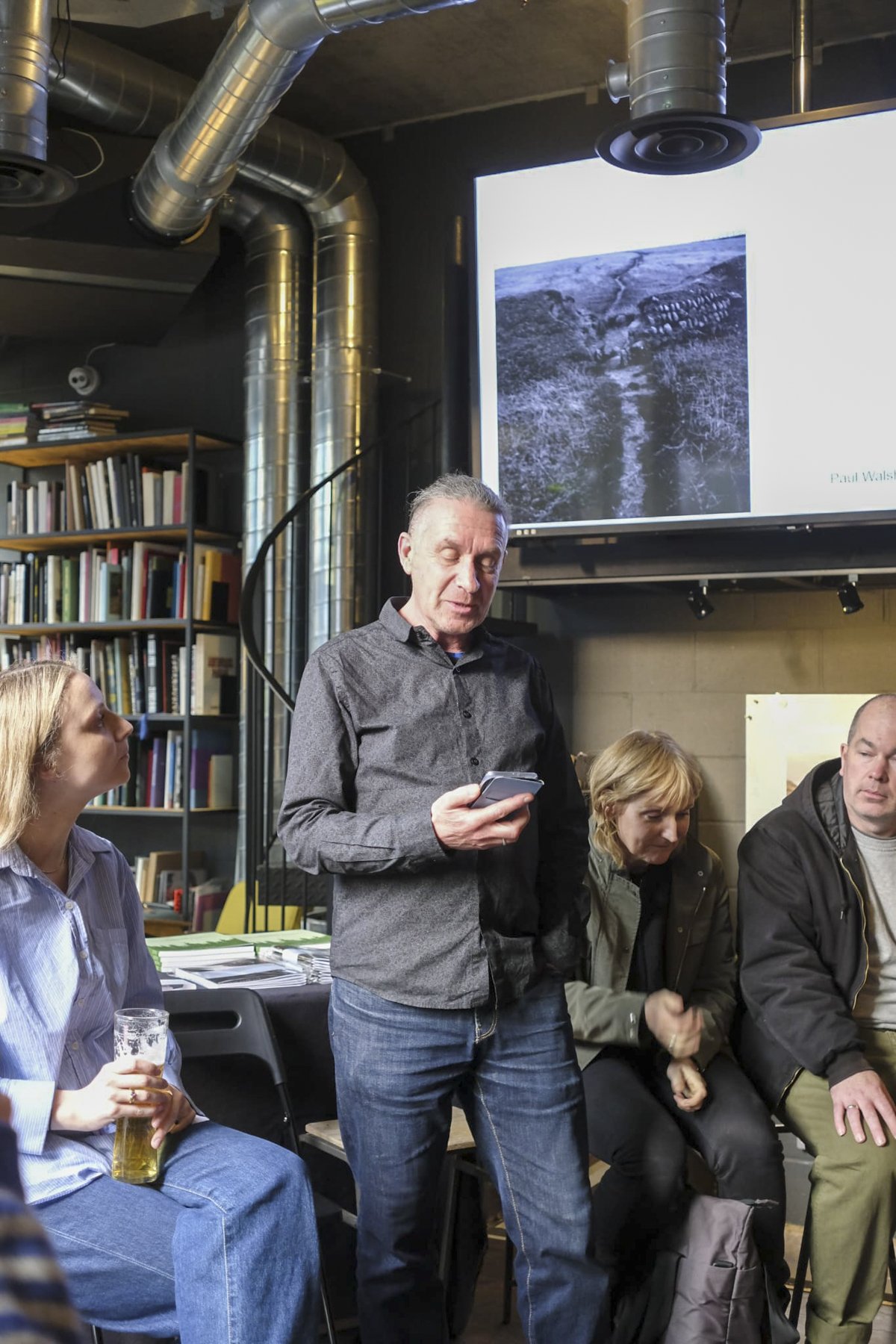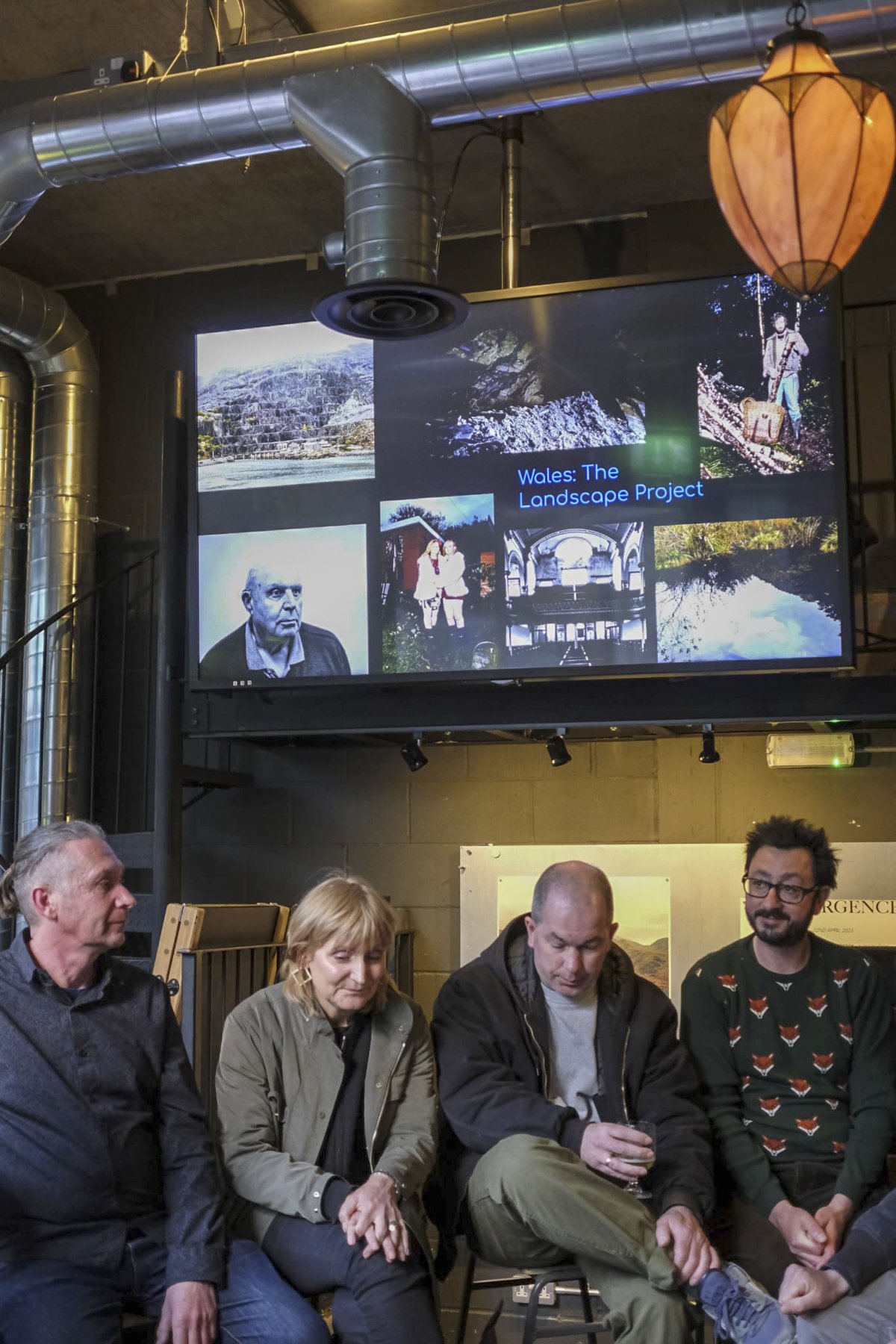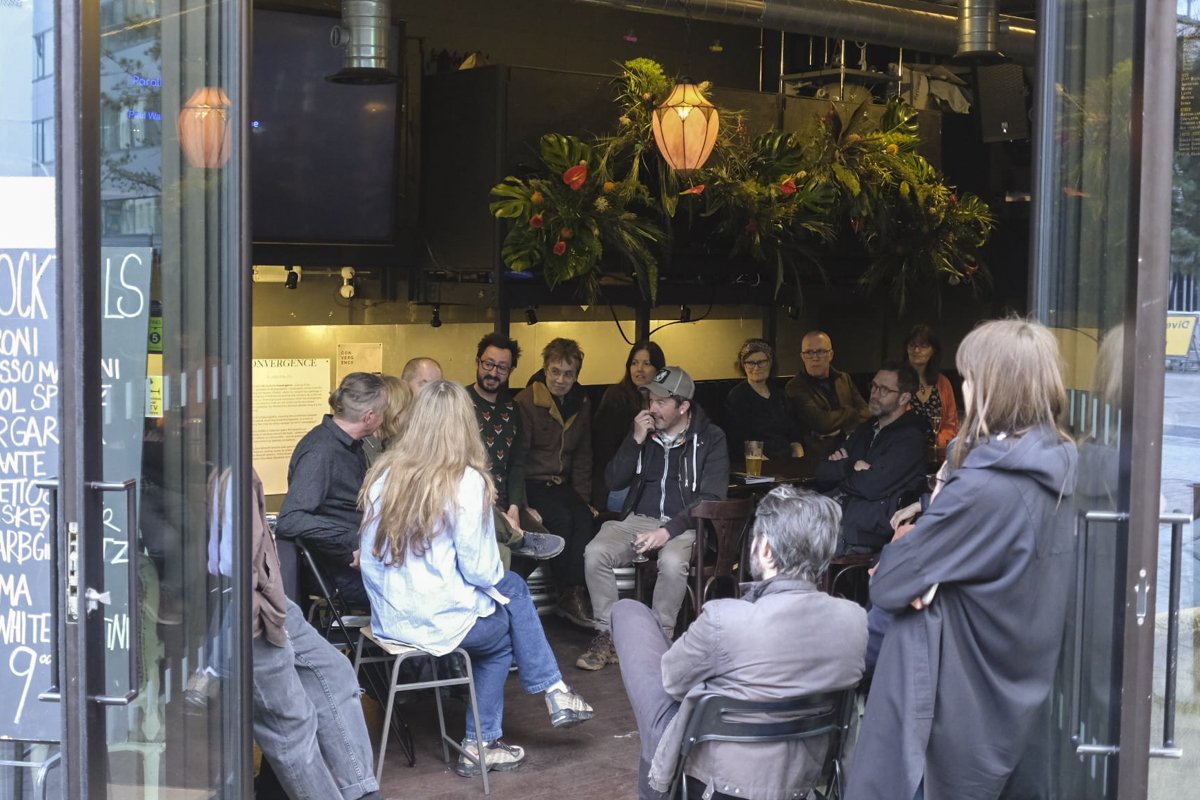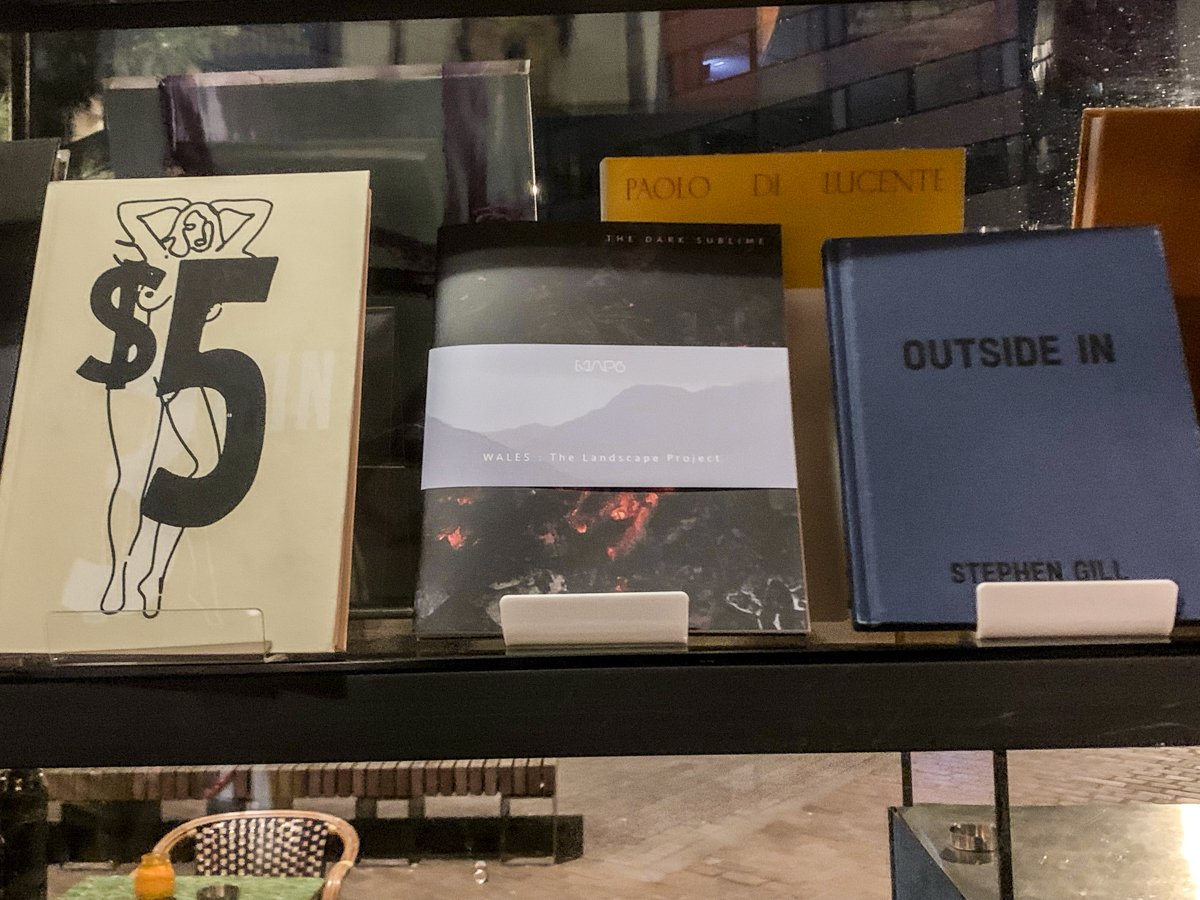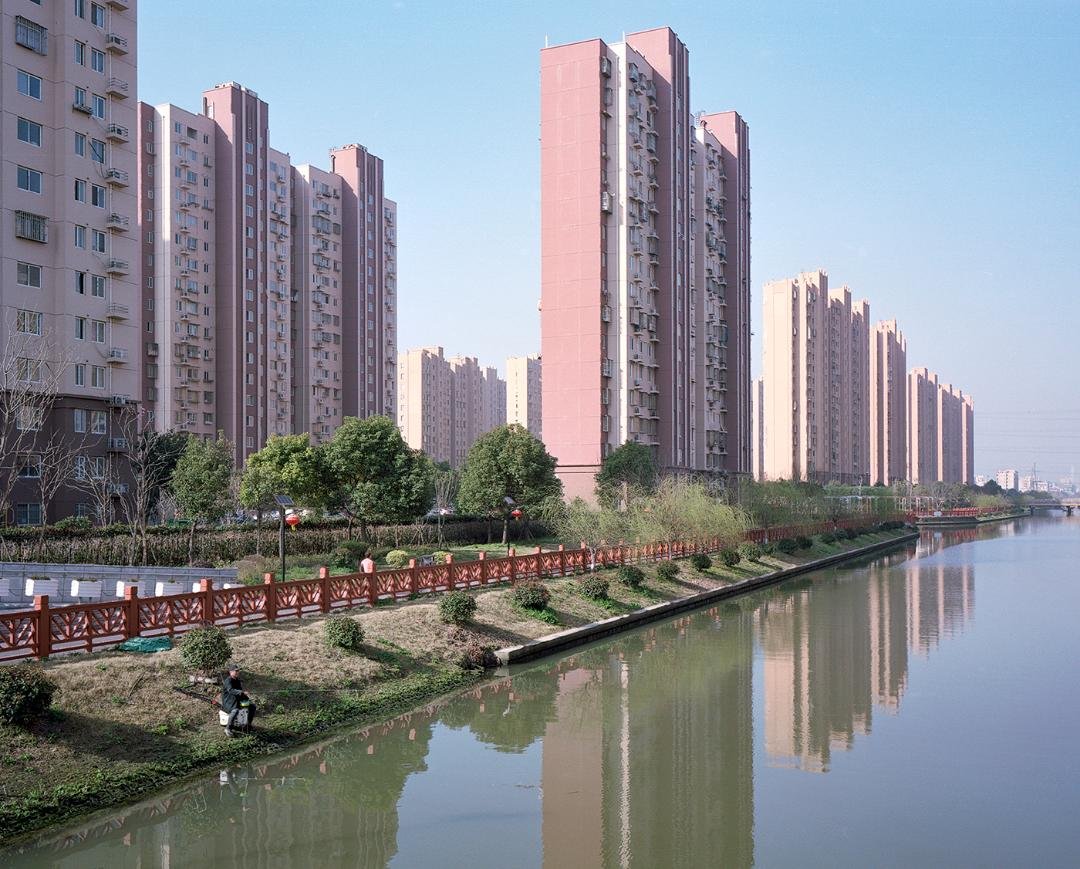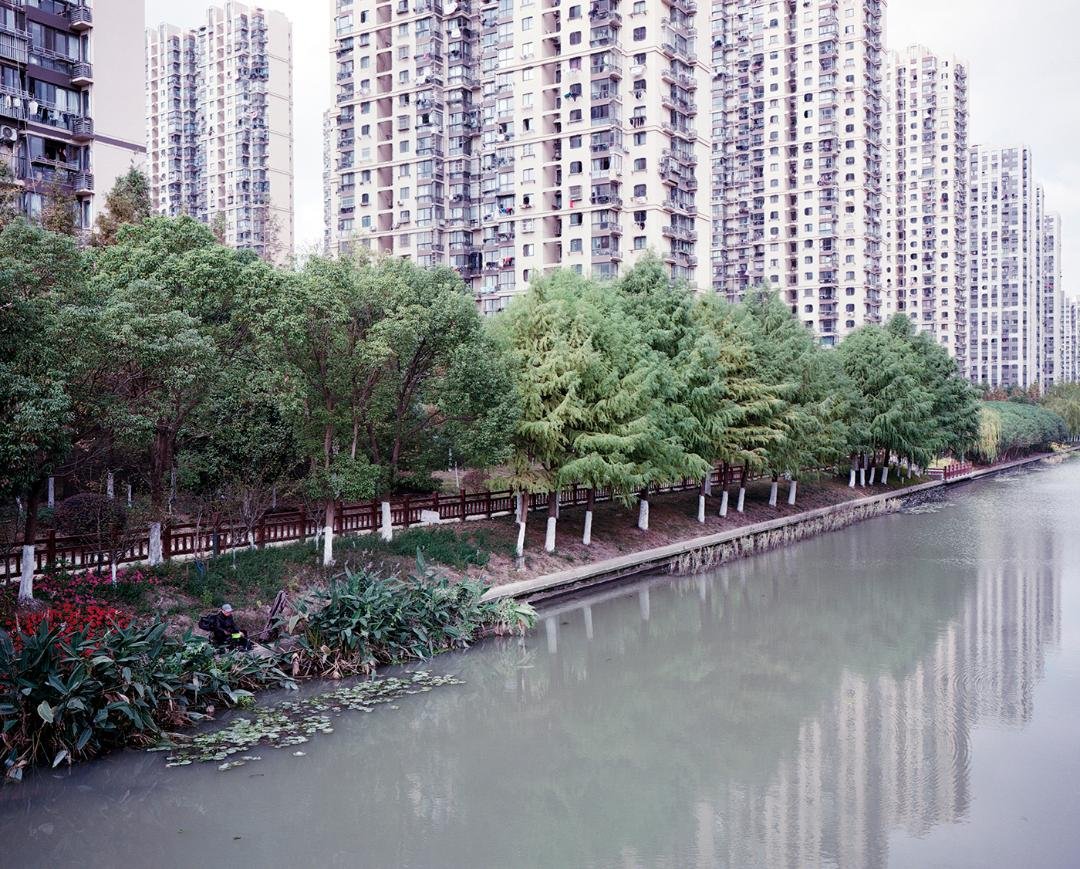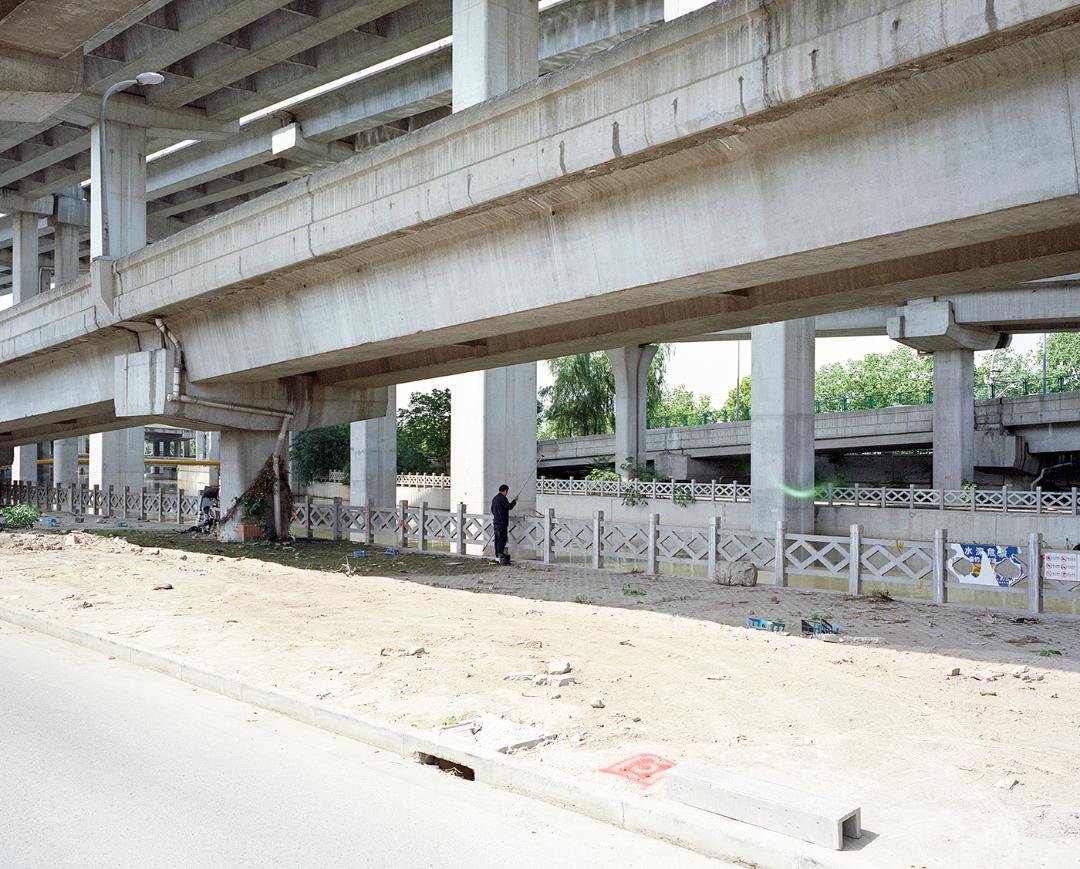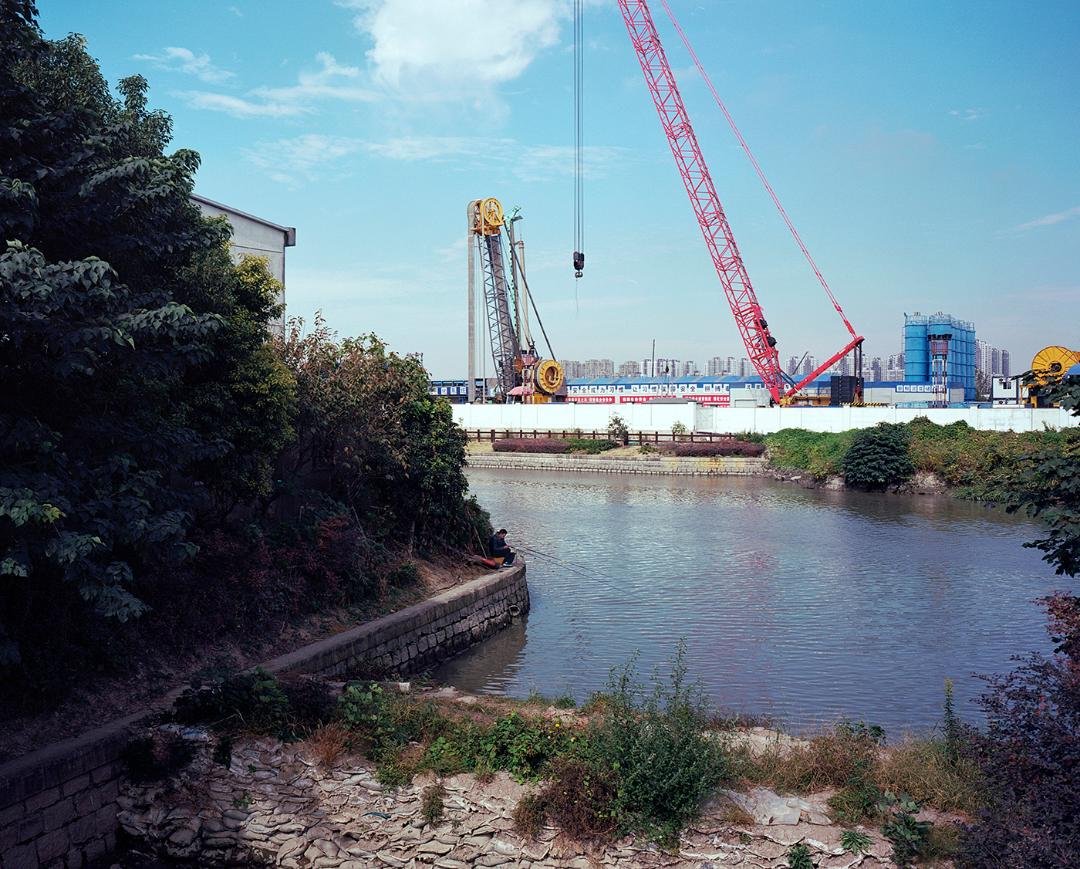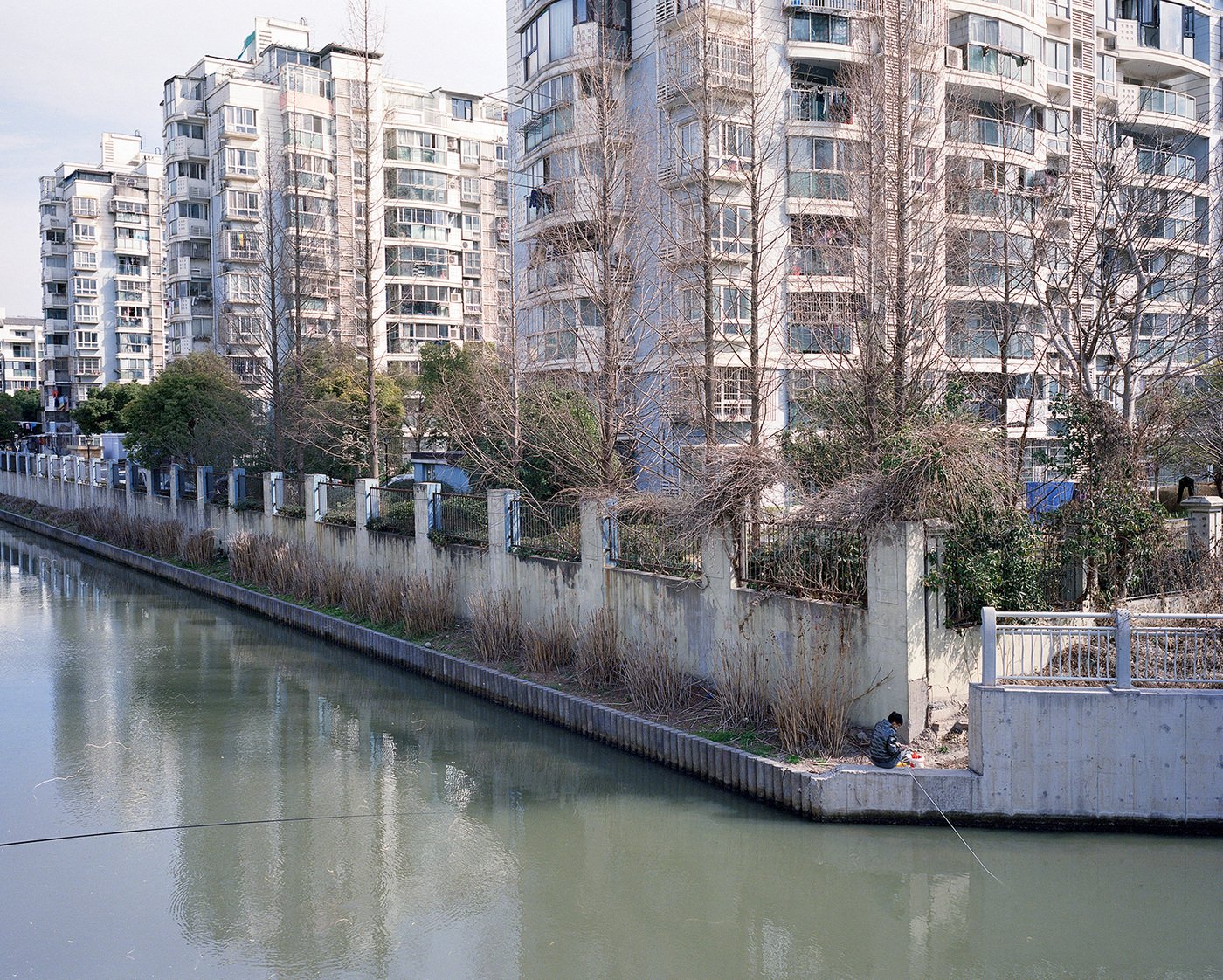Barry Falk & Paul Kemp
HOME
Bringing together the projects The Circle and Worthing, A Portrait of a Town
Colonnade House, 47 Warwick Street, Worthing, West Sussex, BN11 3DH
Tuesday 13th - Sunday 18th August 2024
More information is available here
MAP6 photographer Barry Falk will be showing images from his Circle Project - as part of the Home exhibition by Paul Kemp and himself, opening at Colonnade House, Worthing on 13th Aug - 18th Aug 2024
This exhibition brings together two photographers who are involved in looking at and documenting the idea of home. Barry Falk’s project looks at his family’s connection to an area in northwest London called Belmont Circle, and Paul Kemp’s work documents different aspects of Worthing. Both photographers seek to explore time and place by looking at personal history, memory of home, present manifestation of place, and with a sense of things in time and how present time would look like as the past.
Alongside the exhibition MAP6 photographer Barry Falk will also be running a workshop on 17 August on the theme of home, using archival images to look at family stories. The workshop will take the idea of the family album and reframe it as a piece of art. By sequencing images, participants will explore ideas such as nostalgia, memory, and how images can frame both authentic and false narratives.
During the workshop people will explore ways of putting together family photos and archival images that create a narrative. By carefully considering sequencing and juxtaposition of images we will think about how we tell a story through pictures and consider what image communicate when juxtaposed with one another.
You can book a place on the workshop here



